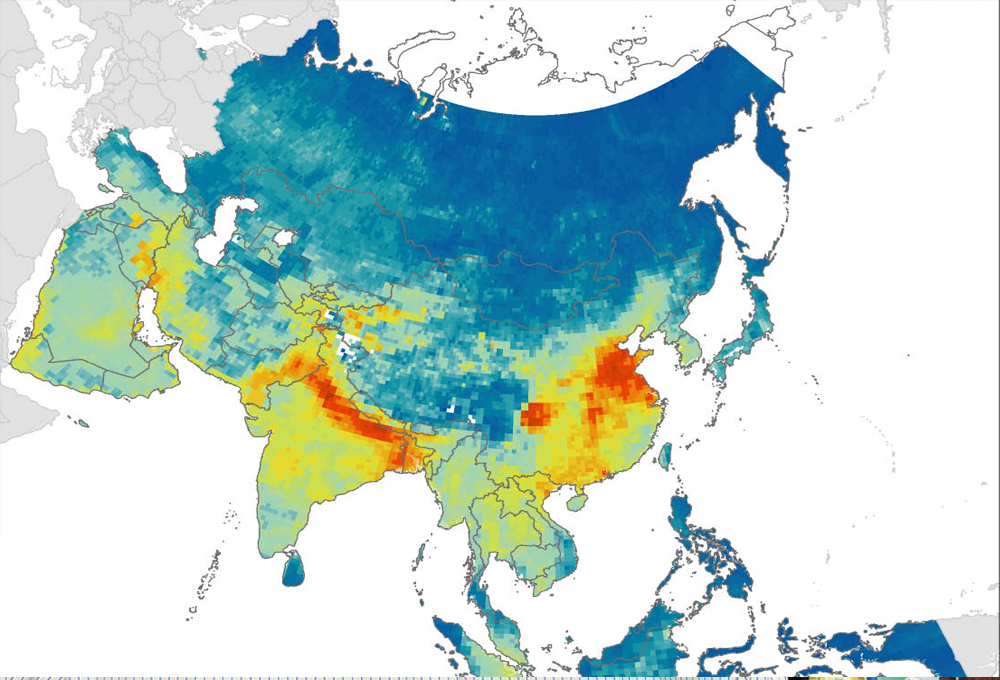Bloody Plastics
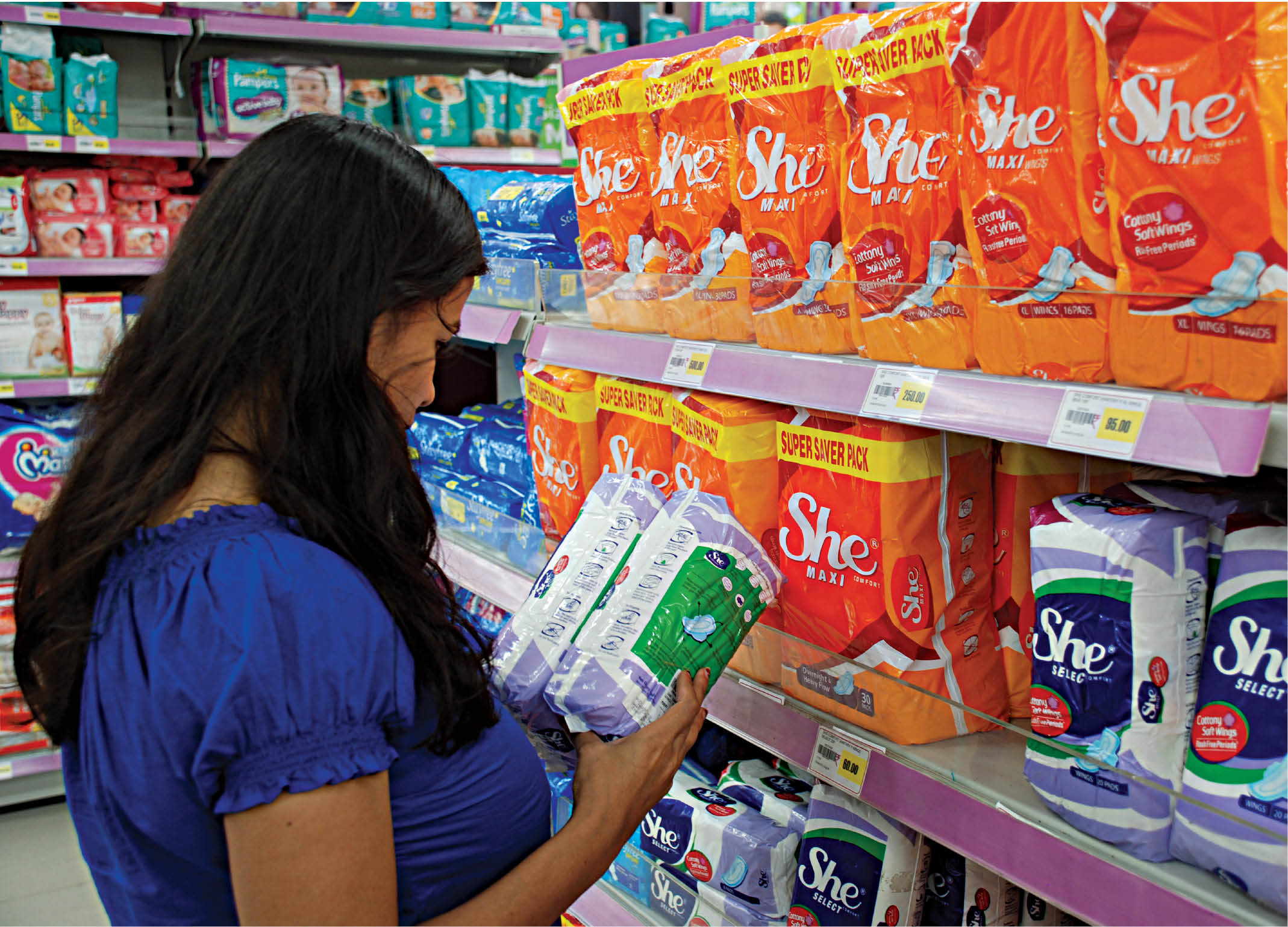

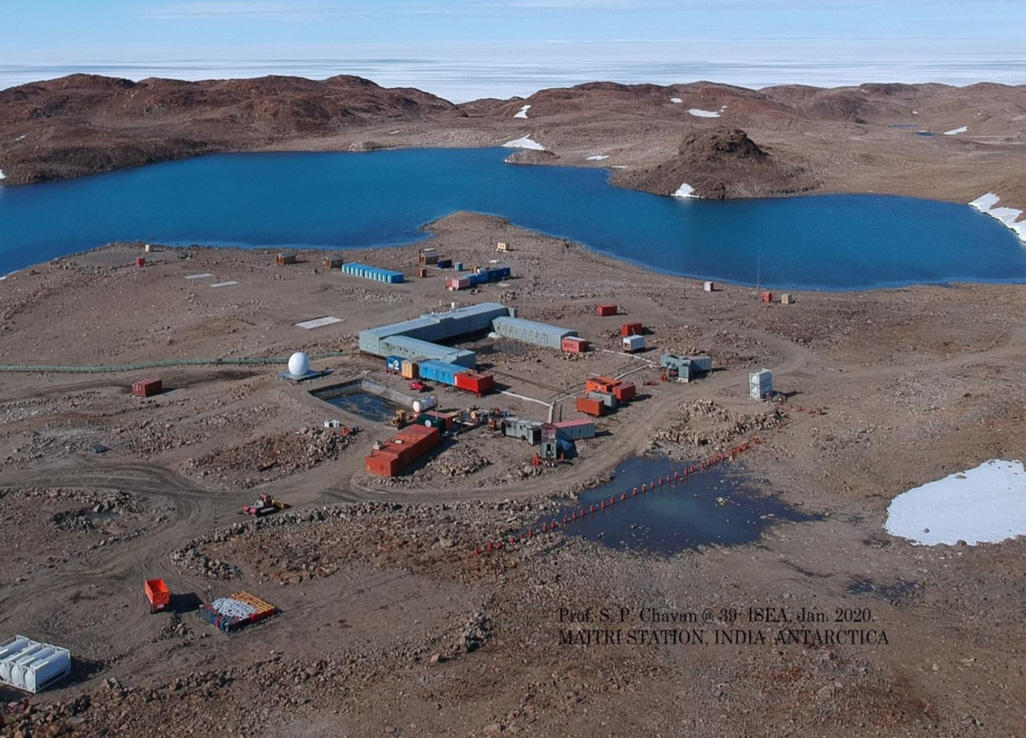
India is set to embark on a new chapter in its Polar exploration journey with the construction of Maitri II. The Indian government plans to establish a new research station near the existing Maitri ba...
.png )
The Deep Ocean Mission (DOM), approved by the Government of India in 2021 under the Ministry of Earth Sciences (MoES), represents a strategic step in realizing Sustainable Development Goal 14 (SDG 14:...
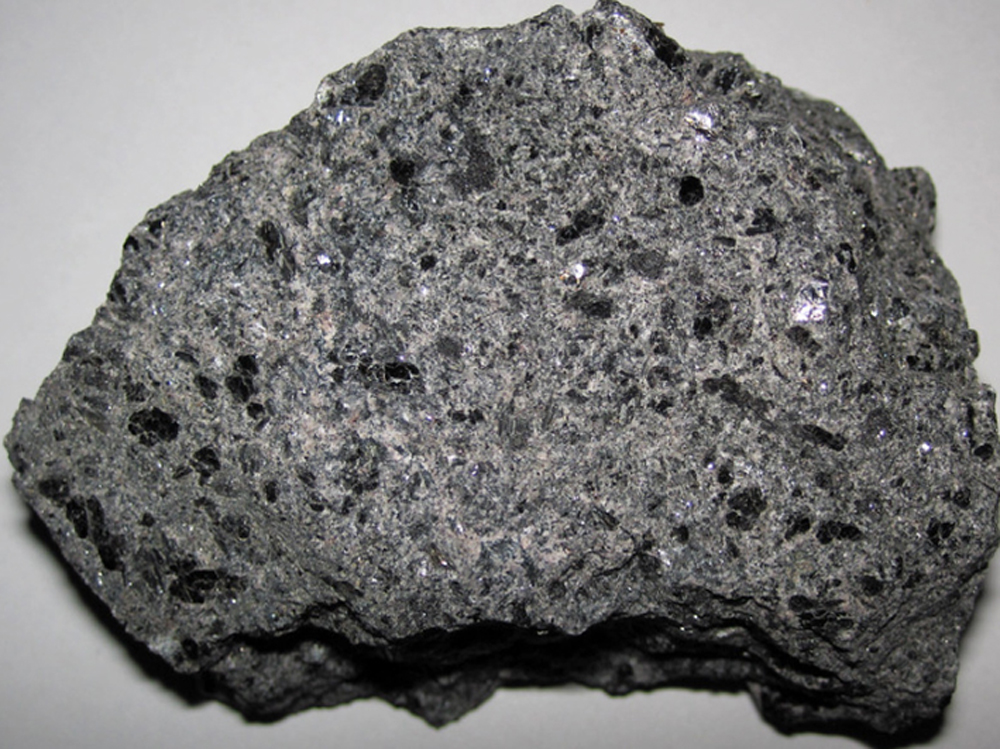
China recently announced restrictions on the export of seven rare earth elements (REEs), soon after US President Donald Trump decided to impose tariffs. As the world's dominant supplier—responsible fo...
Sanitary napkins are indeed hygienic—eliminating a plethora of diseases for the user. However, it is a little known fact that these products are largely plastics in various synthetic combinations. As...
With 1.1 million vehicles running on compressed natural gas (CNG), India has the 5th largest fleet of CNG vehicles in the world. However, CNG use only manages to reduce the particulate matter (PM) em...
The problematic particles are 2.5 micrometers or less in diameter, not 10, which result in health deficits. In developing countries, there is a lack of surface- based air pollution sensors which make...
With an estimated 620,000 deaths in a year and a six fold increase in premature deaths since 2000, India has the worst air pollution in the world.
Sanitary napkins are indeed hygienic—eliminating a plethora of diseases for the user. However, it is a little known fact that these products are largely plastics in various synthetic combinations. As a nation with 310 million potential users unregulated rise of napkins is a humongous disposal issue. Yet, India hasn’t even begun thinking.

With 1.1 million vehicles running on compressed natural gas (CNG), India has the 5th largest fleet of CNG vehicles in the world. However, CNG use only manages to reduce the particulate matter (PM) emissions as compared to other conventional fuels—on other counts however it performs poorly. Combined with the inability of the massive population of two-stroke auto rickshaw engines to adequately burn...
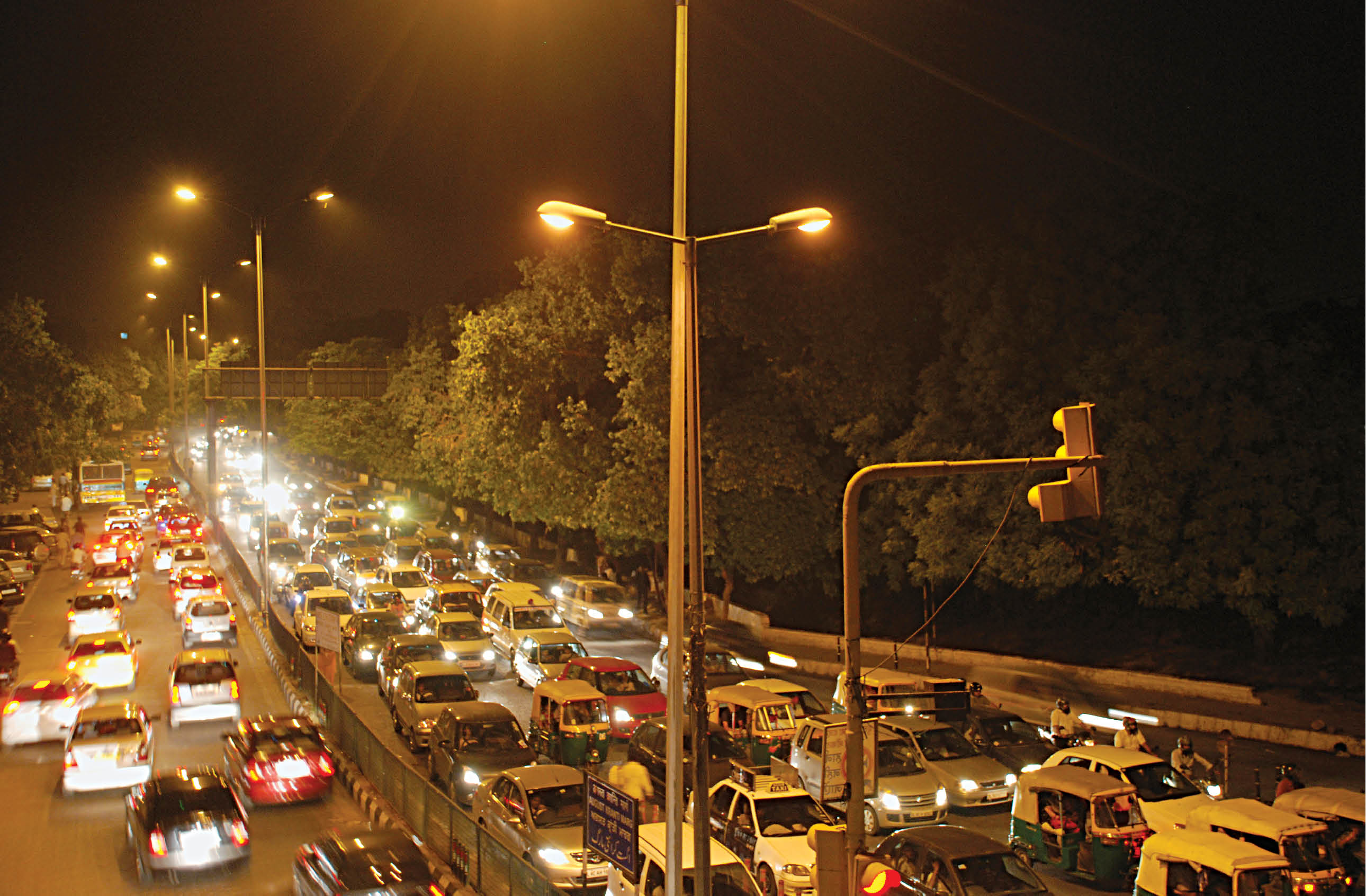
The problematic particles are 2.5 micrometers or less in diameter, not 10, which result in health deficits. In developing countries, there is a lack of surface- based air pollution sensors which make it difficult to assess the extent of particulate pollution. NASA’s study on information obtained by MODIS and MISR-AOD satellites suggested that 80 per cent of the world’s population breathes air with...
